Cloud Security’s Unspoken Truth
Why most security findings are noise and and how to focus on what actually matters?...
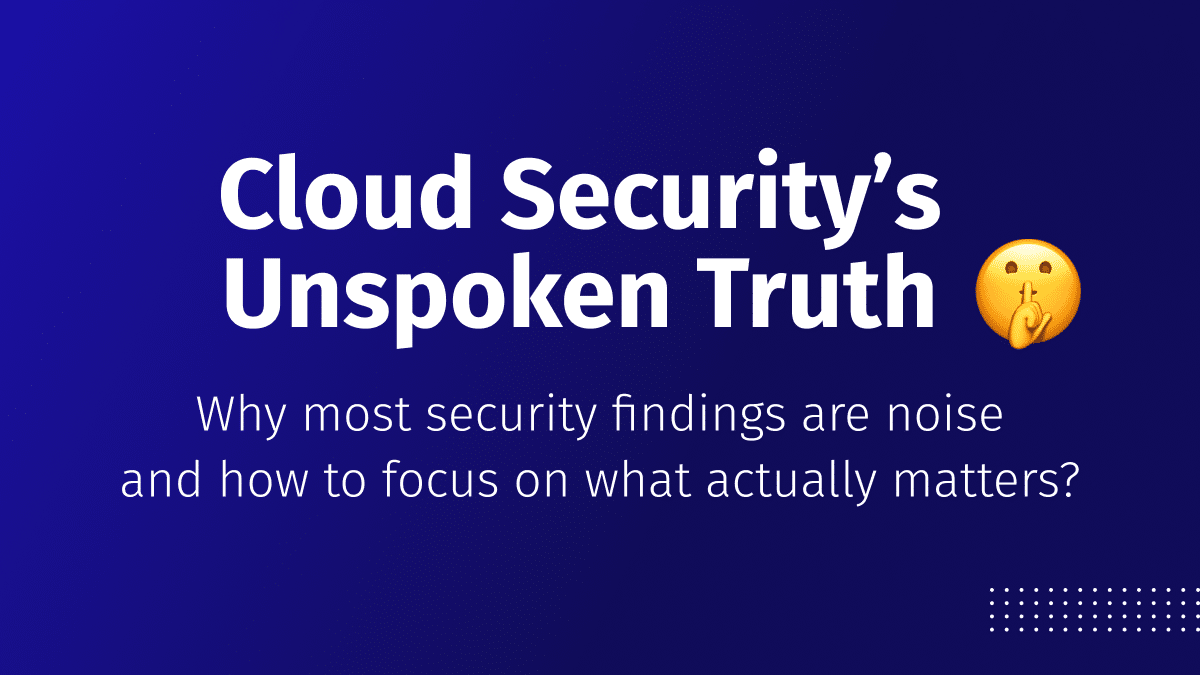
Why most security findings are noise and and how to focus on what actually matters?...
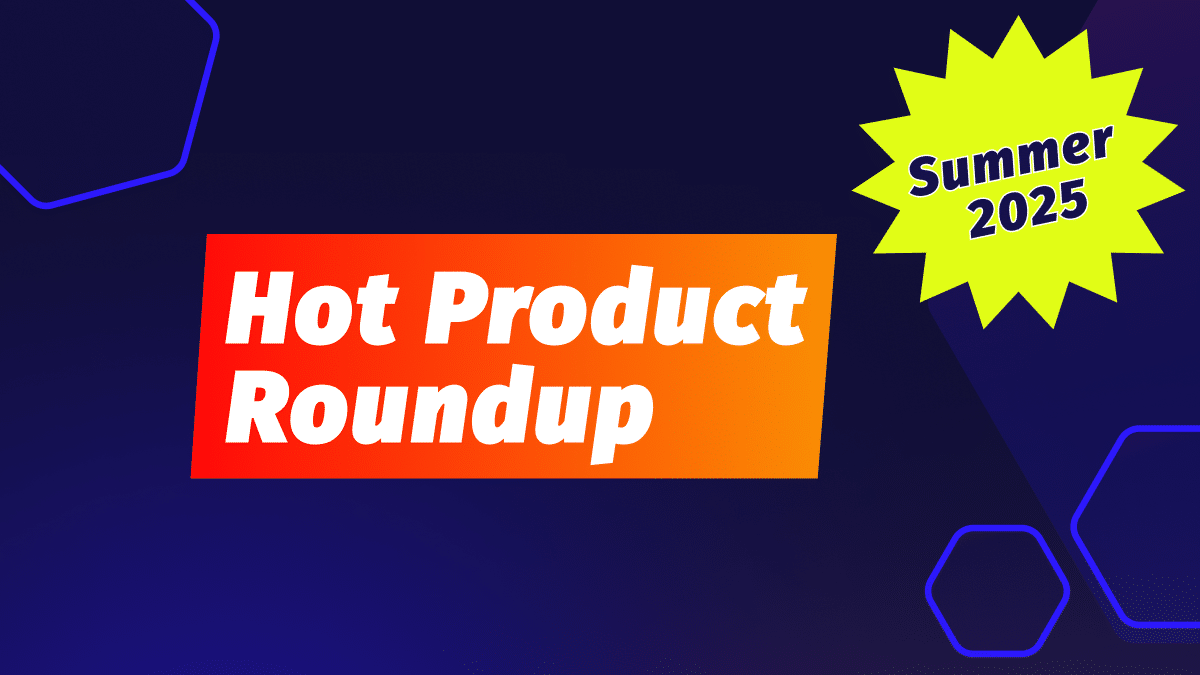
We’ve been busy! Our latest summer updates introduce powerful new capabilities to help you detect,...
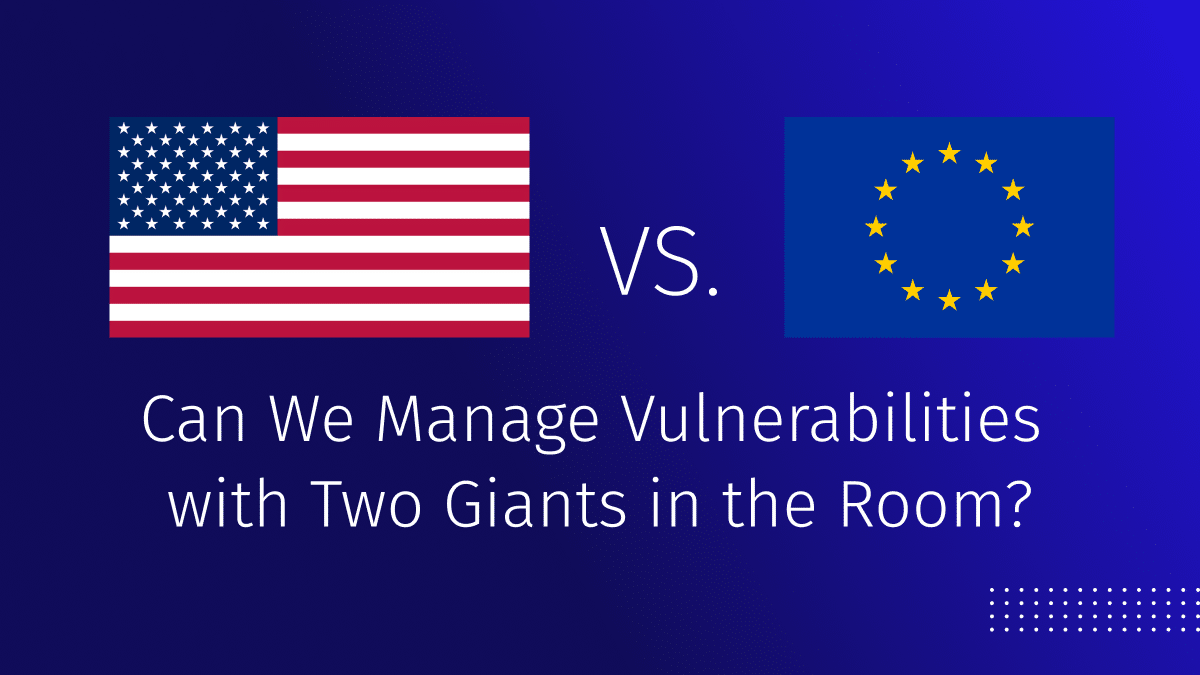
Recently, the EU officially launched its vulnerability catalog: the European Vulnerability Database (EUVD). This move...
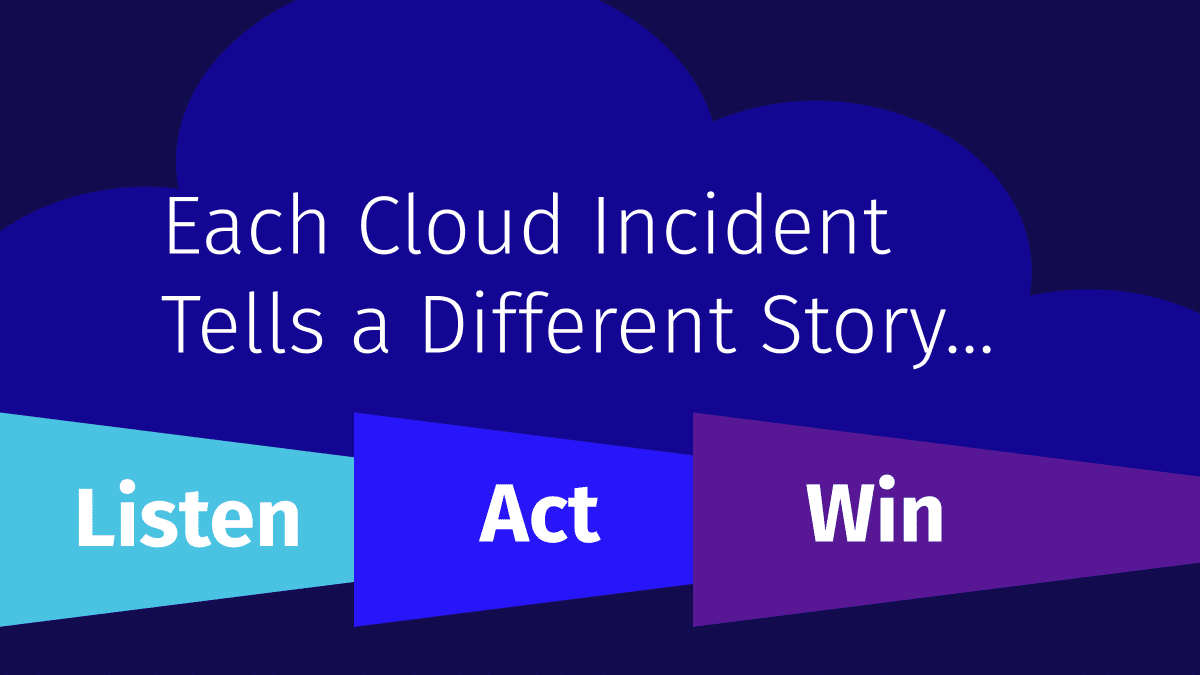
Let’s be honest. Most cloud security alerts feel like trying to read a book with...
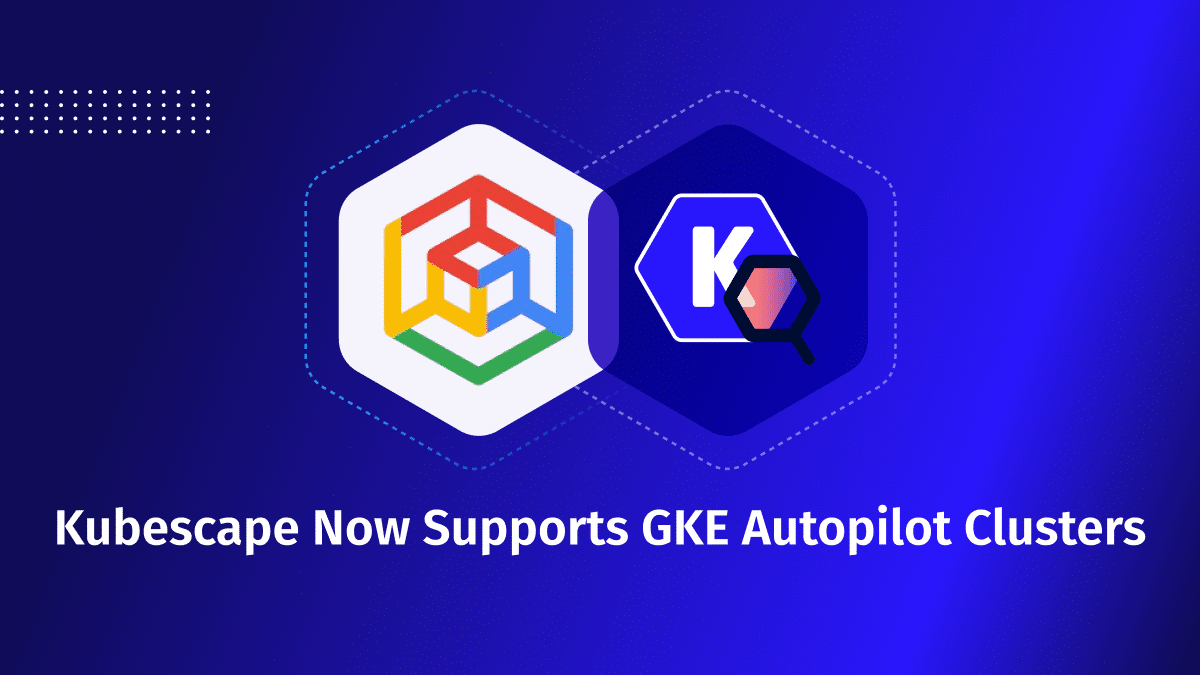
We’re excited to announce that ARMO now fully supports Google Kubernetes Engine (GKE) Autopilot clusters!...
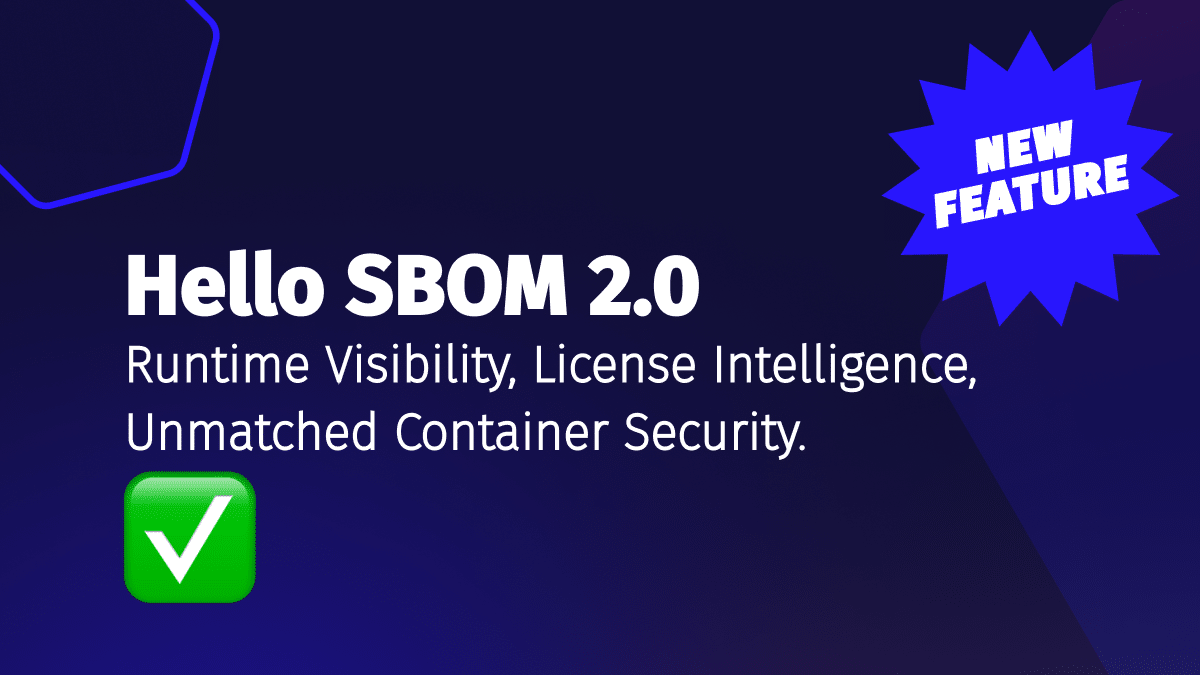
We’re excited to announce a major enhancement to the ARMO platform: Full Software Bill of...
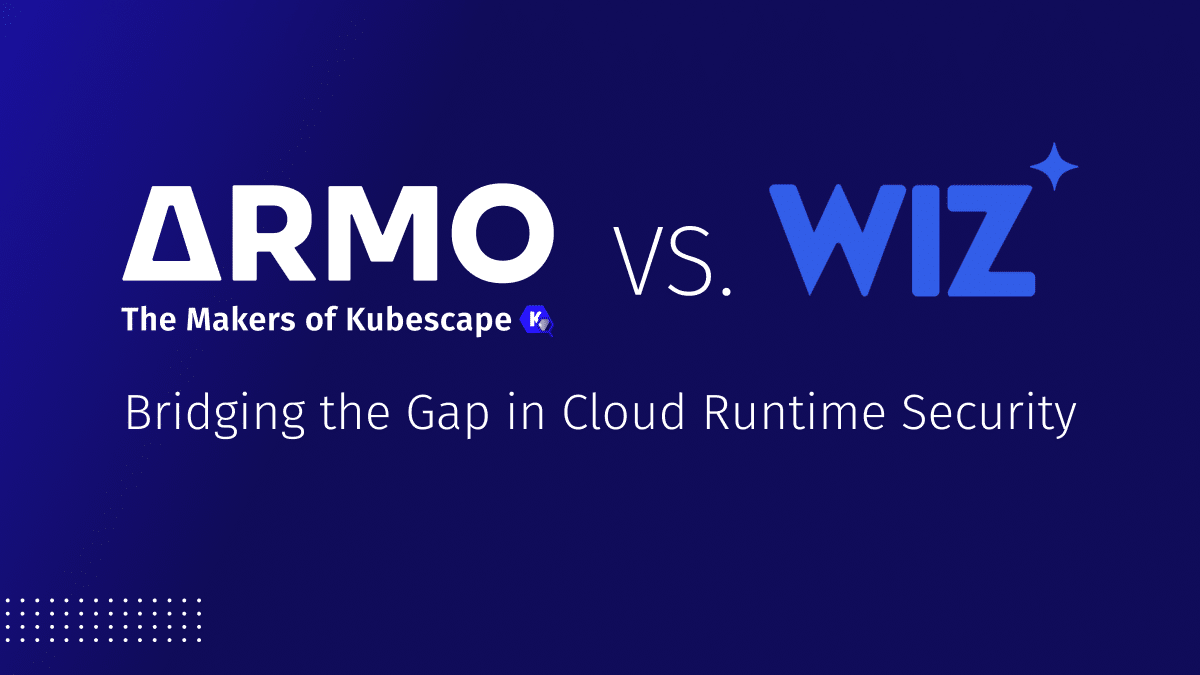
The recent news about Google’s multi-billion-dollar acquisition of Wiz has sparked widespread conversation across the...
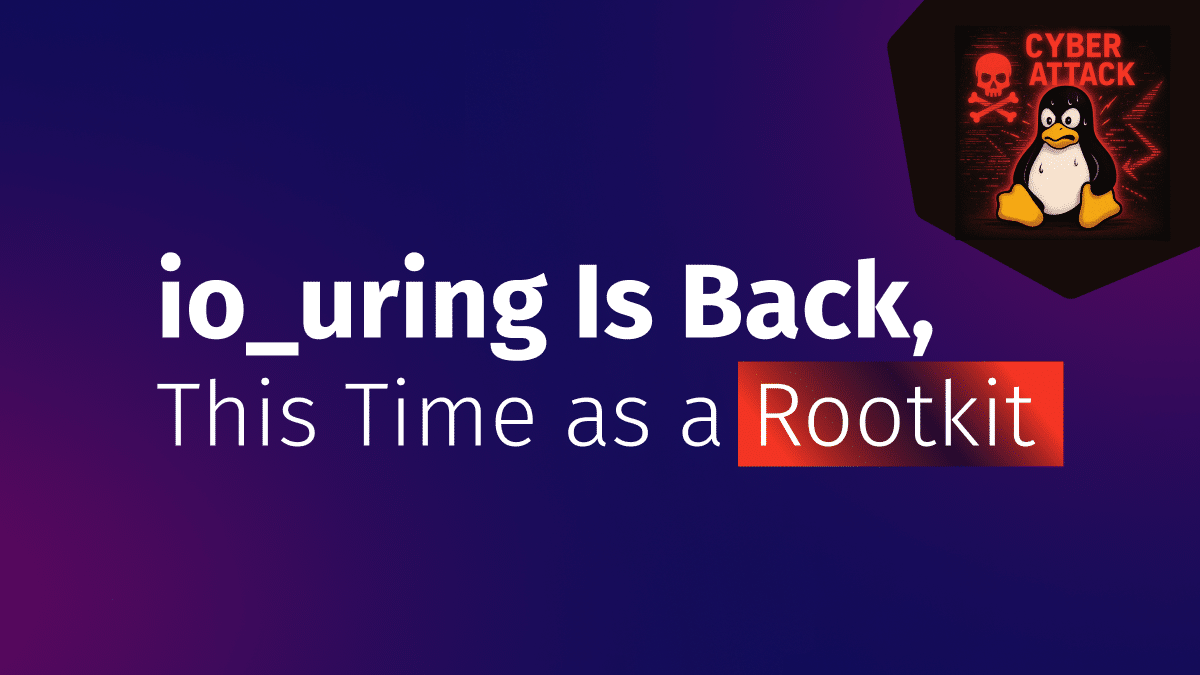
ARMO researchers reveal a major blind spot in Linux runtime security tools caused by the...
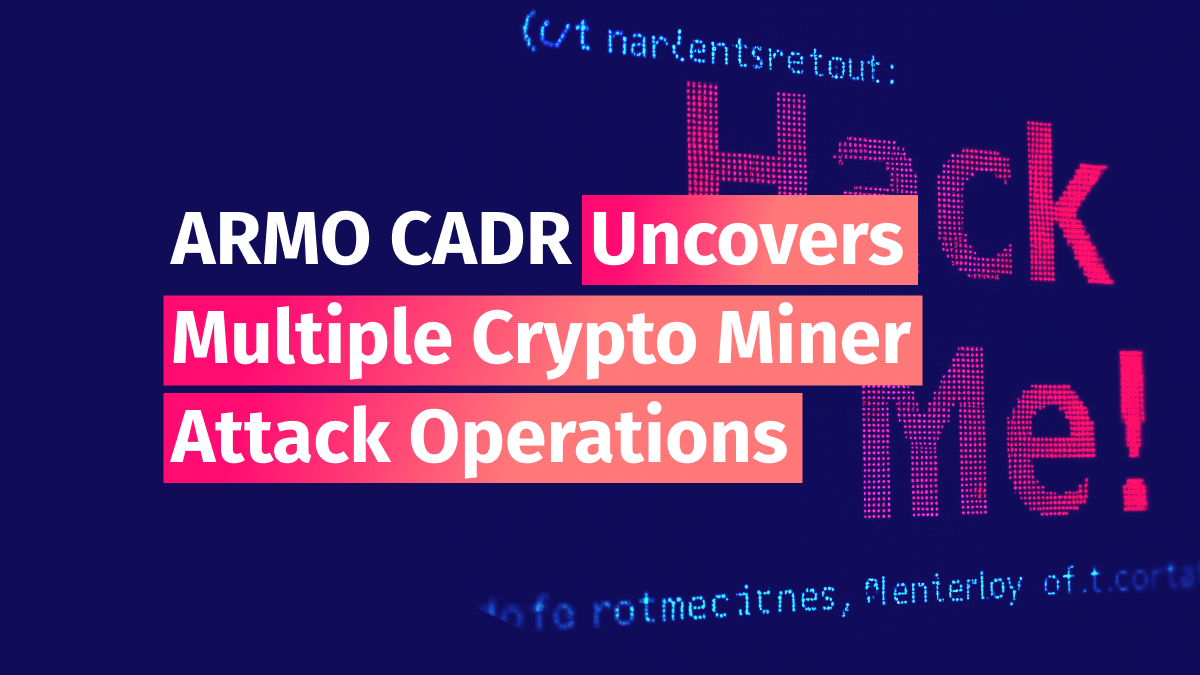
Introduction: Luring in the Threat Actors The best way to understand real-world attacks is to...
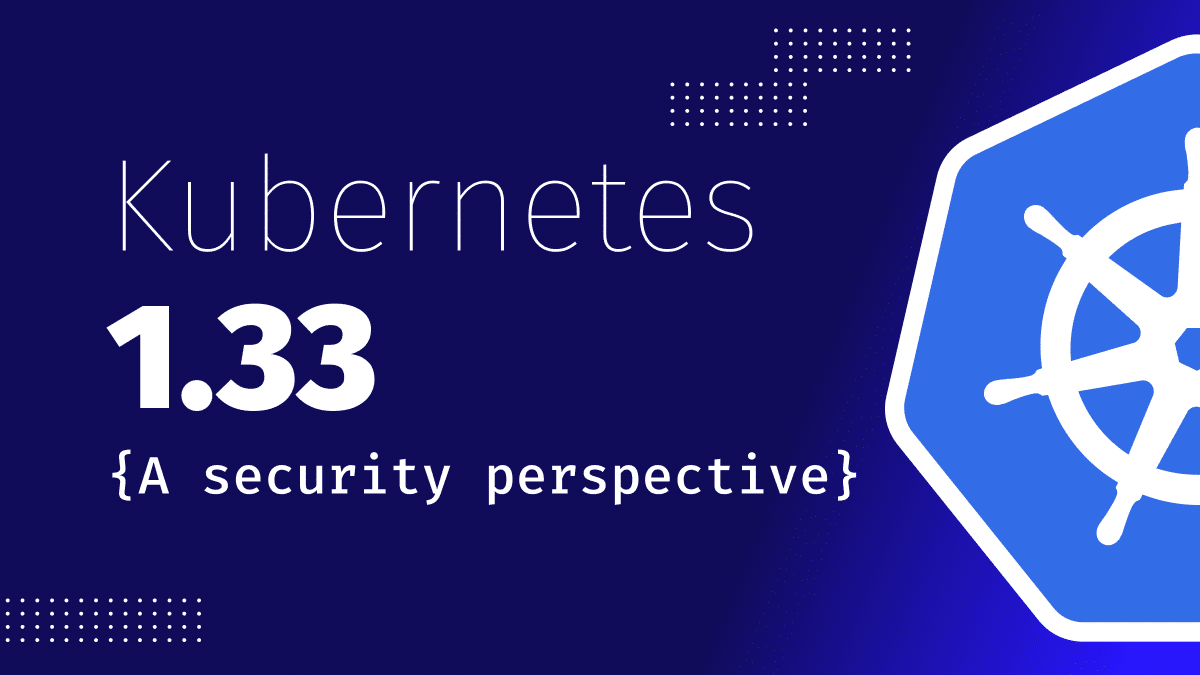
Kubernetes 1.33 marks another exciting milestone in the evolution of this widely adopted container orchestration...
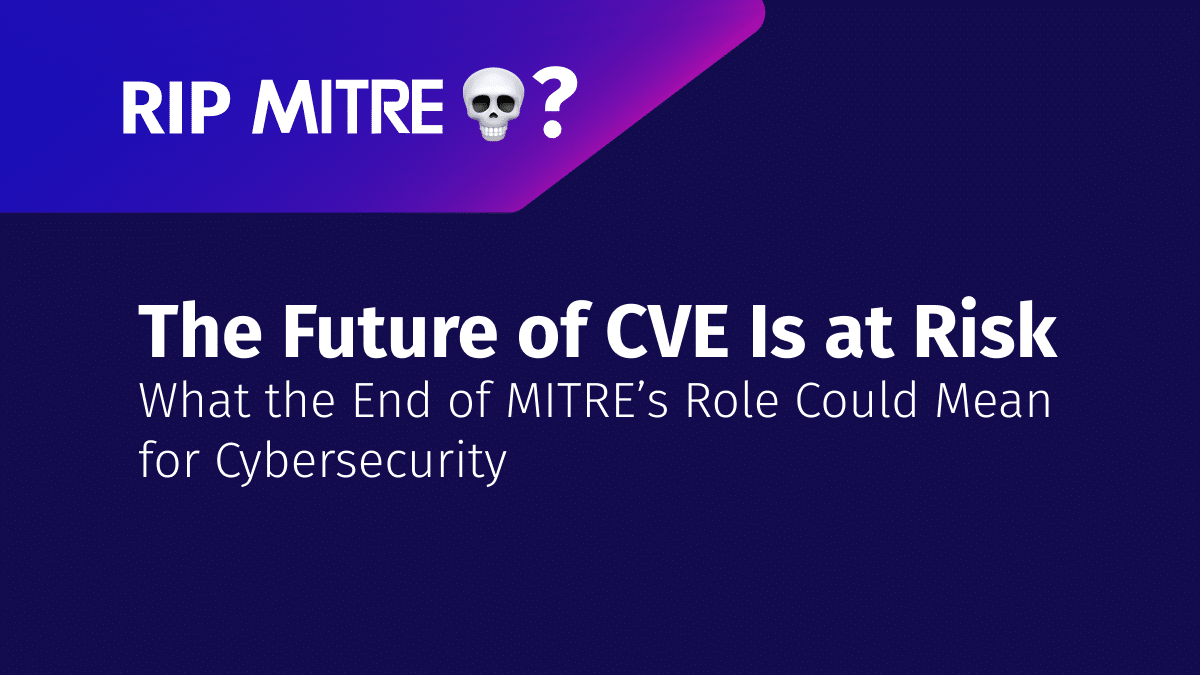
With DHS ending MITRE’s CVE funding, the future of global vulnerability tracking is uncertain. Here’s...
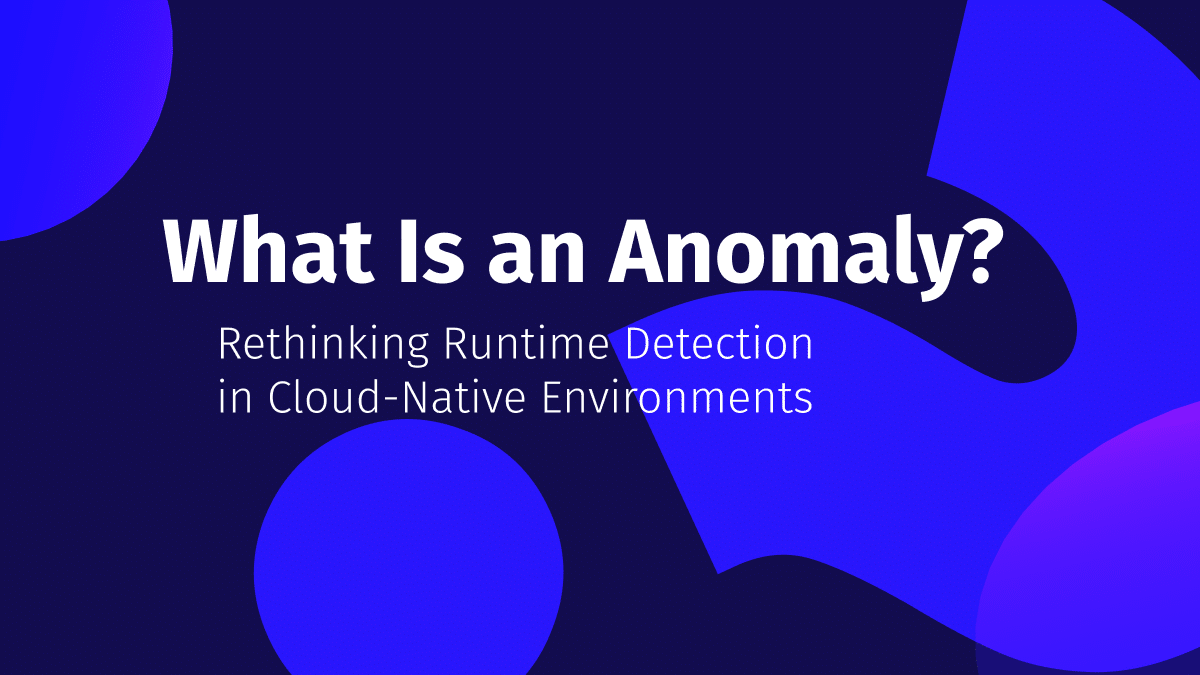
“Anomaly detection” has become a core capability in modern cloud security. Yet despite its ubiquity...